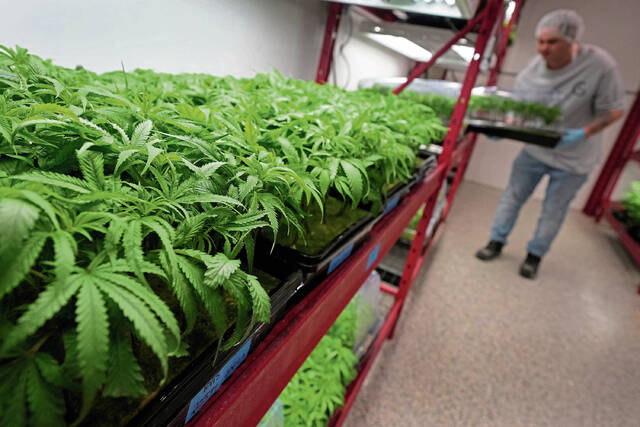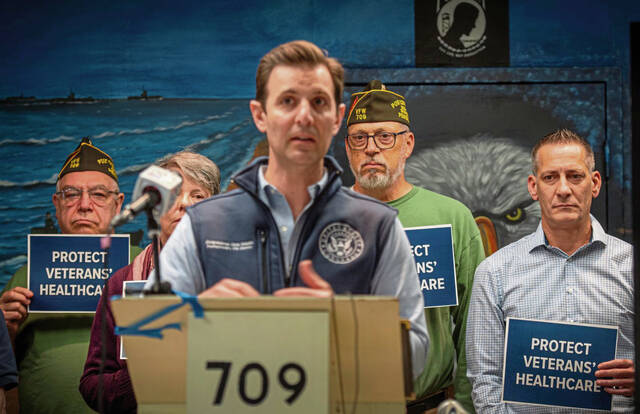February is that rare month, the calendar’s shortest and, every 4 years, one day longer as Leap Year arrives.
Fittingly, it’s the month in which Rare Disease Day is recognized, always on the last day.
According to its website, establishment of Rare Disease Day is an effort to raise public awareness and remind policy makers of the impact of rare diseases on patients’ lives.
Originating in Europe and first celebrated in 2008, the Feb. 28 event acknowledges what are sometimes referred to as “orphan” diseases, because drug companies did not invest in developing treatments for them.
The FDA Office of Orphan Products Development works to evaluate and advance development of promising products and medications for diagnosis and/or treatment of rare diseases or conditions.
Keystone event
Pennsylvania Rare Action Network will hold a Rare Disease Day advocacy event at 10 a.m. May 7 at the State Capitol, 501 N. Third St., Harrisburg.
The event is open to patients, families, caregivers, medical professionals and industry representatives interested in learning about and discussing rare diseases, and how to make a difference for patients and their families in Pennsylvania.
Legislative calendars and other factors mean Rare Disease Day events sometimes take place weeks after the day itself, says Laura Mullen, spokeswoman for the National Organization for Rare Disorders.
To register, visit congressweb.com
By the numbers
• According to NORD, the definition of a rare disease is any disease, disorder, illness or condition affecting fewer than 200,000 people in the United States.
• As many as 25-30 million Americans (almost 1 in 10) have rare diseases, according to the Rare Action Network.
• The number of rare diseases is about 7,000. Among them are Hutchinson Gilford Progeria, a genetic, childhood condition whose features resemble premature aging; Trisomy 13 Syndrome, in which all or a portion of chromosome 13 appears three times (trisomy) rather than twice in cells; and Acquired Aplastic Anemia, a serious blood disorder due to failure of the bone marrow to produce blood cells.
• There are more than 500 types of rare cancers, and all pediatric cancers are considered rare, NORD states.
A Show Your Stripes campaign — the zebra is the official symbol of rare diseases in the United States — invites supporters to share their stories, wear striped clothing, attend an advocacy event and use social media to spark awareness.
Other resources
In addition to holding informational and advocacy workshops, NORD provides online resources for patients with rare diseases and their family members and caregivers.
It also works to encourage researchers and policy makers to address those patients’ needs, according to its website.
NORD states that:
• Most rare diseases are genetic or have a genetic component
• More than 90 percent of rare diseases lack an FDA-approved treatment
• Signs of many rare diseases are observed at birth or in childhood
• Many rare diseases result in premature deaths of infants and young children, or are fatal in early childhood.
Details: rareaction.org








